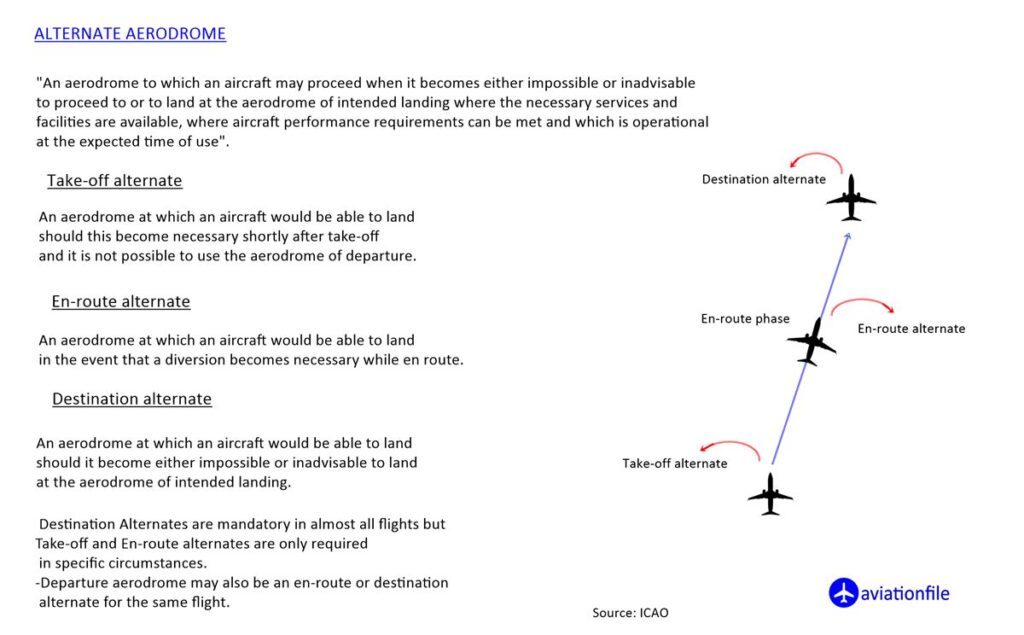Always Leave Yourself an OUT – Pilots
The motto “always leave yourself an out” is an essential principle for pilots to follow. It means that pilots should always plan ahead and have a backup plan in case things go wrong. This approach ensures that pilots remain in control of their aircraft and can make informed decisions even in the face of unexpected circumstances.
The concept of “leave yourself an out” is closely related to the principle of situational awareness, which is crucial for safe flying. Situational awareness means being aware of one’s surroundings, understanding the current situation, and anticipating what might happen next. By constantly scanning the environment and analyzing possible scenarios, pilots can prepare themselves to react quickly and effectively to any situation.
One example of how to leave yourself an out is to maintain a safe distance. The FAA’s Advisory Circular 90-48D CHG1 recommends that “when approaching an unfamiliar airport, fly over or circle the airport at least 500 feet above traffic pattern altitude.” This advice provides pilots with enough time and space to maneuver in case of an emergency. (Evaluate the statement by considering VFR flights and aircraft flying in uncontrolled airspace, IFR and controlled flights are already separated by ATC.)

Another example is to plan alternate routes or landing sites in case of bad weather or mechanical problems. Pilots should always be aware of the nearest airports or emergency landing sites and have a plan in place for diverting if necessary. This approach ensures that pilots have multiple options for safely getting their aircraft on the ground in case of an emergency.
Real-Life Example: Cessna 172 Pilot Diverts Due to Deteriorating Weather
Incident Overview:
A Cessna 172 pilot departed from a grass strip under Visual Flight Rules (VFR). Shortly after takeoff, the pilot encountered deteriorating weather conditions that led to Instrument Meteorological Conditions (IMC). Recognizing the change in weather and the limitations of continuing under VFR, the pilot promptly filed an Instrument Flight Rules (IFR) flight plan while airborne and coordinated with Air Traffic Control (ATC) for an Instrument Landing System (ILS) approach at a nearby airport.
Key Decisions and Actions:
- Situational Awareness: The pilot continuously monitored weather conditions and identified the transition from VFR to IMC.
- Proactive Planning: Upon encountering IMC, the pilot did not attempt to continue under VFR but instead took immediate action to ensure safety.
- Utilizing Available Resources: By filing an IFR flight plan and coordinating with ATC, the pilot leveraged available resources to navigate safely to an alternate airport.
Outcome:
The pilot successfully executed the ILS approach and landed safely at the alternate airport. This incident underscores the importance of having contingency plans and being prepared to adapt to changing conditions.
In conclusion, the motto “always leave yourself an out” is a fundamental principle for pilots to follow. It emphasizes the importance of planning ahead, situational awareness, and being prepared for unexpected events. By following this motto, pilots can ensure that they remain in control of their aircraft and are ready to handle any situation that arises.


